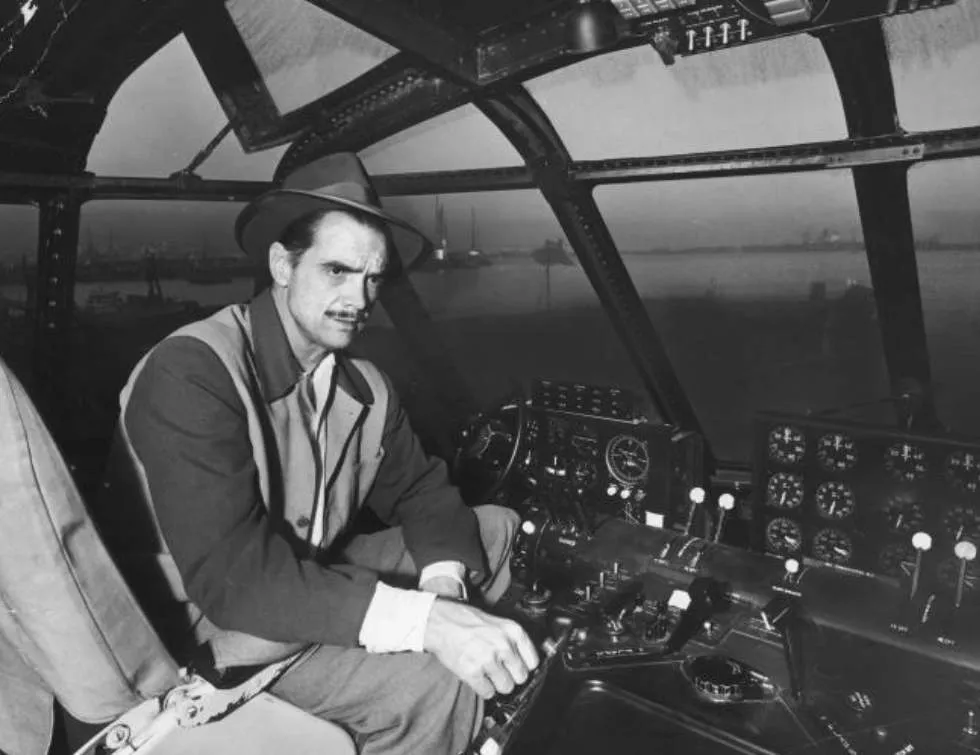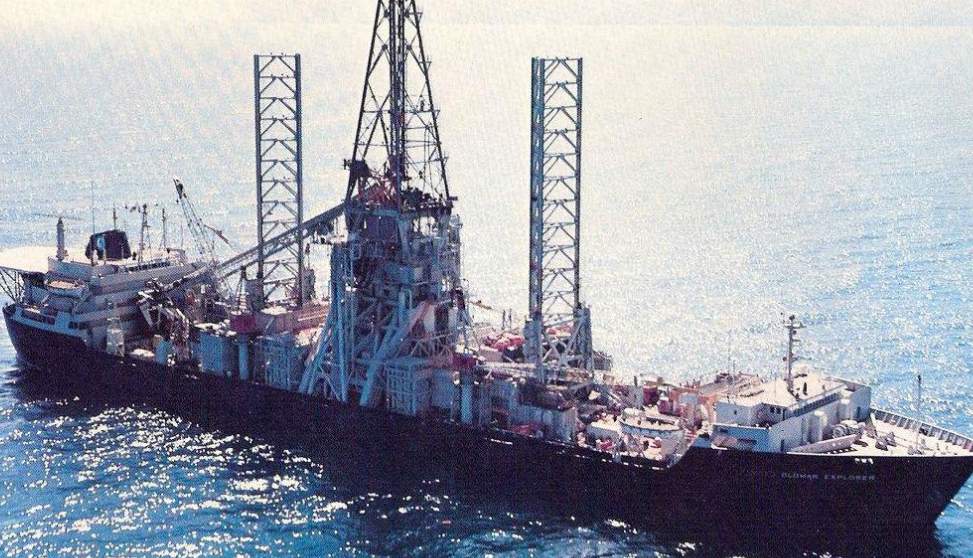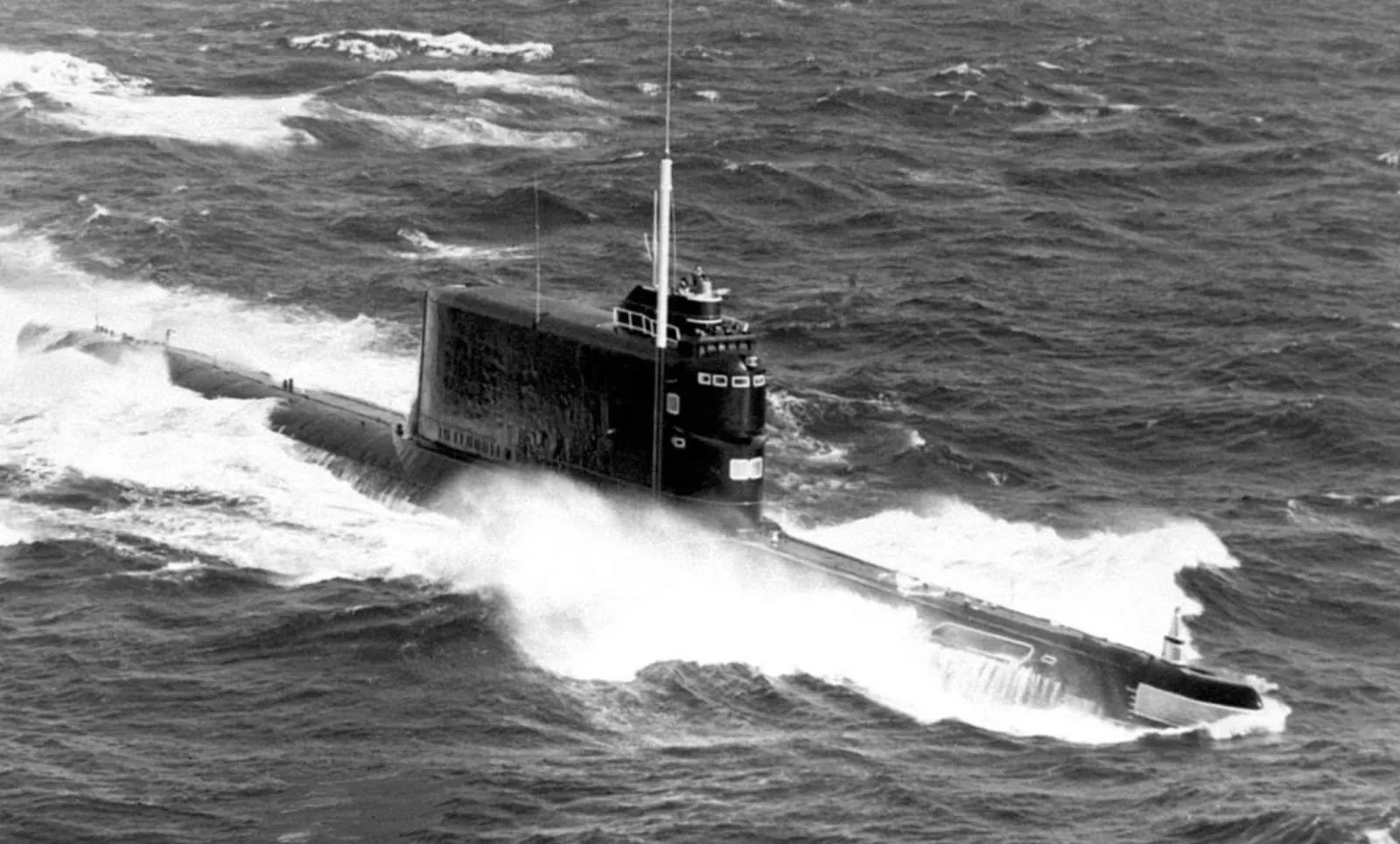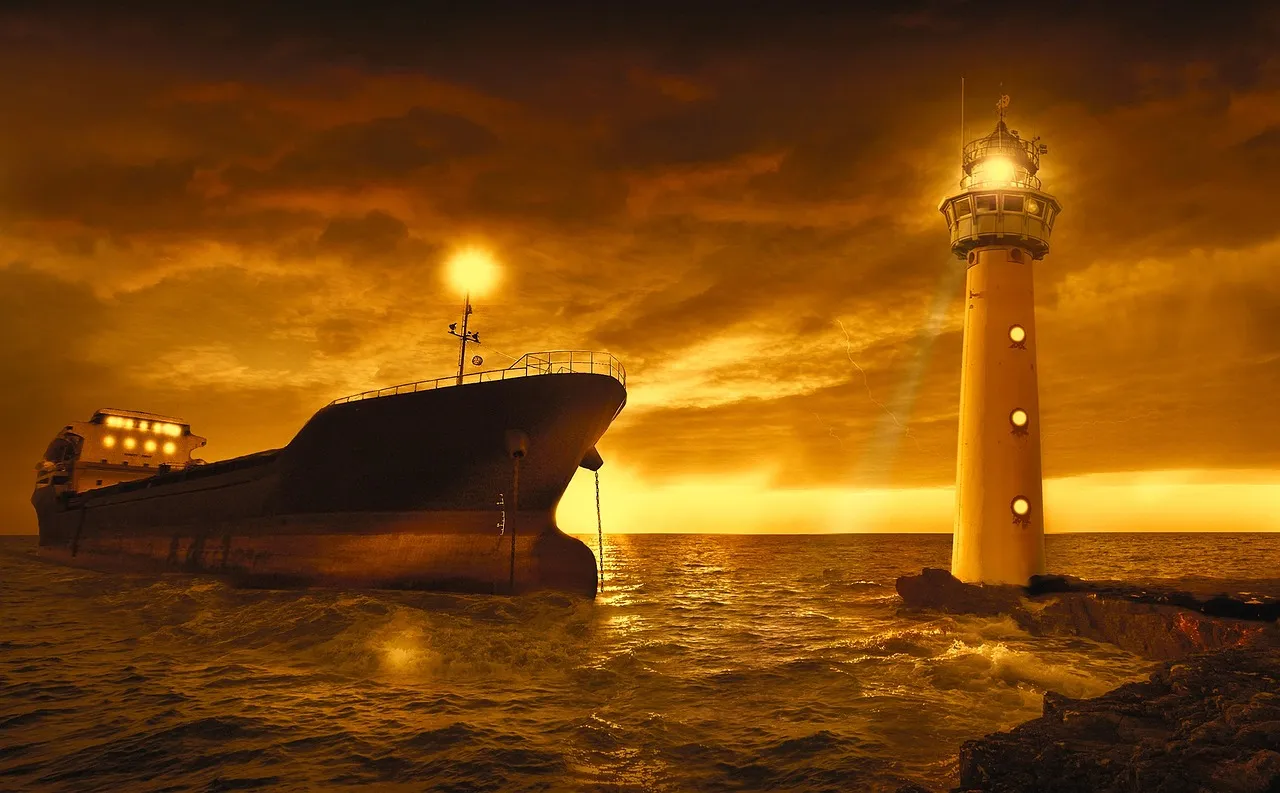The CIA Heist of a Russian Nuclear Sub May Have a Final Twist
Top-Secret ‘Project Azorian’ involved $350m, six years of planning, and the backing of billionaire Howard Hughes in a Hollywood-worthy, high-stakes thriller.
Clandestine whispers reached the CIA and Department of Defense during the Cold War about a sunken, nuclear-armed Soviet submarine that lay on the floor of the Pacific Ocean three miles underwater - deeper, even, than the Titanic’s watery grave. It was 1968 and US Naval intelligence triangulated the likely location of missing Soviet submarine K-129 by using its underwater surveillance system.
“When it [K-129] had its accident, it created a very strong acoustic signature that was picked up by the underwater surveillance network that we had set up around the world - both in the Pacific and the Atlantic Ocean - where we could follow the movement of the submarines,” John Cardwell, a former CIA officer, told Netflix's Spy Ops (2003) series.
The Americans triangulated the data to determine the precise location of K-129 about 1,800 miles northwest of Hawaii and sent the USS Halibut to take thousands of photographs. Cardwell's job was to examine them. The US wanted to raise the targeted portion of to the submarine to recover its nuclear warheads and missiles, along with cryptographic gear including secret codes for radio communications.
K-129’s nuclear payload wasn’t the only danger; a recovery mission might take years and the US theft of an armed Soviet vessel in breach of international law could trigger WWIII. Some questioned whether it was worth the risk, yet the Russian sub was a magnetic call to CIA spies. The vessel was fitted with cutting-edge technology, nuclear armaments, and a code room. ‘Project Azorian’ was soon underway.

The CIA pitch
Howard Hughes must have thought the CIA boffins were out of their minds.
K-129 was carrying three nuclear missiles and 98 crew when it disappeared (reason unconfirmed) on March 8, 1968, in the Pacific Ocean. All hands were lost at sea. American intelligence believed the vessel lay 16,500 feet below the surface.
To extract the submarine, the CIA would need to build an enormous spy ship at a cost of more than $350m - about $1.5bn in today’s money - and devise a plausible cover story so the Agency could pilfer the Soviet sub without attracting Moscow's attention.
The spooks also needed a proxy, an established, private company with a CEO and a few trusted directors to sign a CIA ‘black contract’. The proxy could then write ‘white contracts’ with shipbuilders and engineers without revealing that the spy agency was pulling the levers behind the curtain.
Howard Hughes, business magnate, record-setting pilot, and owner of Hughes Tool Company, ticked all of the CIA boxes. Hughes had burnished his reputation as a maverick with his WWII ‘Spruce Goose’ flying boat but getting close to Hughes wouldn’t be easy. He owned a handful of Las Vegas casinos - the Sands, the Frontier, and the Desert Inn among them - and access to Hughes was controlled by his Vegas team, the so-called ‘Mormon Mafia’. The CIA would need to negotiate through cut-outs.
"To my knowledge, no one from the CIA (including John Parangosky) ever saw or spoke to Howard Hughes," former CIA officer David H. Sharp writes in The CIA's Greatest Covert Operation. "But it was clear that when the Mormon Mafia spoke, they spoke for Howard Hughes.”

The Top-Secret Team
Through his intermediaries, Hughes agreed to take on a patriotic project that would yield Hughes Tool Company little or no profit. After all, the CIA was picking up the tab and Hughes had an insatiable appetite for innovation and adventure.
The CIA assembled a crew of 85 engineers and security officers at an HQ near the Los Angeles airport. They were to design a ship called the Hughes Glomar Explorer that was capable of lifting the sub into a secret compartment known as the ship’s ‘moon pool’. The Glomar crew would use a pipe - designed by Hughes Tool Company - fitted with a ‘claw’ made by Lockheed and Honeywell (one with optical and acoustic sensors) to grab hold of the Russian sub and lift it three miles into the belly of the US spy ship.
Global Marine Inc. would oversee construction of Glomar which would take four years. It would need a derrick similar to an oil-drilling rig, a pipe-transfer crane, two tall docking legs, a huge claw-like capture vehicle, a center docking well (the ‘moon pool’) and doors to open and close the well’s floor. “With these special capabilities, the ship could conduct the entire recovery underwater, away from the view of other ships, aircraft, or spy satellites,” the CIA later revealed.
To further complicate matters, everyone had to operate under commercial cover to keep the project Top Secret. Secure communications were in their infancy, so the West Coast team would sometimes use outdoor pay phones to relay information while straining to be heard over L.A. traffic. Occasionally, they’d meet VIPs in hotels swept ahead of time for electronic listening devices. It wasn’t ideal, but it worked.

Project Azorian: The Misdirection
With the construction of the Hughes Glomar Explorer underway, the spooks arranged a press conference. Raymond Holliday, Howard Hughes' rep, announced that his boss was the mystery sponsor of the Global Marine ‘ocean miners’ who planned to collect cobalt, nickel, and copper from manganese nodules lying on the sea bottom.
To throw the Soviets off the scent, the Glomar team really did collect credible quantities of minerals for analysis and discussed it at length for the benefit of anyone listening (or listening in). It was classic, sleight-of-hand misdirection, a move straight out of the playbook of cinematic heists and CIA black ops - leave just enough information on the table to keep the audience hooked, and just enough intelligence off the table to surprise them later.
By the time Sun Shipyard in Philadelphia finally delivered the Glomar to Global Marine in July 1973, the CIA was short on time. They were anxious to snatch Moscow’s prized sub before its intelligence cache was outdated but the K-129 was carrying three SS-N-4 nuclear-armed ballistic missiles. What if the sub split apart during the recovery mission? They decided to proceed with caution, more tests, and dry runs.

"The brand new social experience where you activate your gaming skills as you train like a spy."
- TimeOut
Take on thrilling, high-energy espionage challenges across different game zones.

The Taking of K-129
With the Glomar finally ready for action in the summer of 1974, Washington’s secretive 40 Committee met. US Secretary of State Henry Kissinger prepared a memorandum for discussion and President Richard Nixon approved Project Azorian with one proviso - the sub recovery could not take place before Nixon wrapped up his Moscow summit with Soviet leader Leonid Brezhnev on July 3, 1974.
The Glomar arrived at the recovery site one day later, US Independence Day, with a crew of 178 pumped up for the mission of a lifetime. “Moments like this must contain the true meaning of team spirit, that extra ingredient that hardware will never possess," Josh Dean writes in The Taking of K-129.
For the next few weeks though, the Glomar was delayed by fog, 22-foot waves, a distress call from a British merchant ship requesting medical assistance, reports of Soviet naval ship Chazhma en route to the recovery site, and a pesky Russian tug boat bobbing around for weeks. Finally, on July 26, sonar contact was established with the ocean bottom. The Glomar and its destiny collided on August 2 and within a week (some reports say months) the Gulf II submarine recovery mission was in its final stage.
So, was it Mission Accomplished?

The twist
Like many tales involving the CIA, it depends…
A curious break-in occurred at Howard Hughes’ Summa Corporation office around the time of the operation. A memo involving Project Azorian was “stolen” and the intelligence leaked to the media. Project Azorian’s larger-than-life operation was suddenly front-page news, edging out stories about the Church Committee investigation into intelligence agency failures - even if many of the Glomar sea stories weren’t entirely accurate.
The Los Angeles Times was first out of the gate with a garbled report from a tipster about ‘Project Jennifer’. The New York Times cited “high government officials” saying that Project Azorian recovered only one‐third of the submarine but not the ship's missiles or Naval codes.
Two decades later, Kenneth Sewell, a Navy veteran, nuclear engineer, and author of Red Star Rogue (2005), revealed that the US government presented K-129’s bell to a Russian delegation, indicating the sub’s critical midsection was at least partially recovered: ”The presence of the bell strongly suggests that all the vital parts of K-129 were recovered and that most of the secrets of that deadly final mission were in the hands of American intelligence agencies.”
The bodies of six Russian members were recovered. The US gave them a formal military burial at sea which they filmed and in 1922 presented it to Russian President Boris Yeltsin.
It seems that the biggest winners in Project Azorian, the ones with triumphant smiles, may be the spooks who drifted into the shadows, leaving behind whispers and the now-famous term “Glomar response” - that the CIA will "neither confirm nor deny" the existence of the information sought.
SPYSCAPE+

Join now to get True Spies episodes early and ad-free every week, plus subscriber-only Debriefs and Q&As to bring you closer to your favorite spies and stories from the show. You’ll also get our exclusive series The Razumov Files and The Great James Bond Car Robbery!


Gadgets & Gifts
Explore a world of secrets together. Navigate through interactive exhibits and missions to discover your spy roles.
Your Spy Skills
We all have valuable spy skills - your mission is to discover yours. See if you have what it takes to be a secret agent, with our authentic spy skills evaluation* developed by a former Head of Training at British Intelligence. It's FREE so share & compare with friends now!
* Find more information about the scientific methods behind the evaluation here.


Stay Connected
Follow us for the latest
TIKTOK
INSTAGRAM
X
FACEBOOK
YOUTUBE